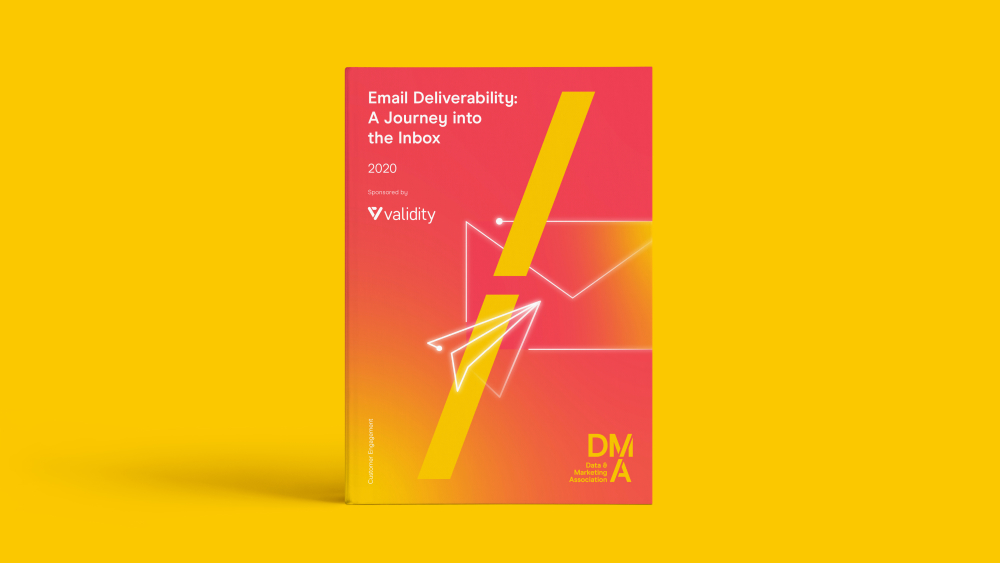91% of marketers believe that poor email deliverability has a negative financial impact on their business, with almost one in ten (8%) believing this to be severe.
The Data & Marketing Association (DMA) and Validity have published the ‘Email Deliverability 2020: A Journey into the Inbox’ report. The report also reveals that an increasing number of marketers rate their own knowledge of email deliverability best practice as ‘Poor’, rising from 10% in 2019 to 16% this year.
Many factors influence the success rate of emails reaching their target destinations. Marketers cite a range of challenges when it comes to email deliverability, including ‘High bounces’ (20% of marketers stated this), ‘IP address reputation’ (18%), ‘Low reader engagement/spam complaints’ (18%) and ‘Being blacklisted’ (17%).
“Email is a core medium around which to build a successful, multi-channel marketing campaign. This is something we have heard from both customers and marketers, with the latter now reporting the return on email marketing investment at just over £35 for every £1 spent. Deliverability is the first step in email’s journey to the consumer’s inbox and it is crucial. Mistakes at this early stage may cause significant financial impact – as over 90% of marketers told us in this survey,” says Tim Bond, Head of Insight at the DMA.
The report also found that an increasing number of marketers rate their own best practice knowledge as ‘Poor’, rising from 10% in 2019 to 16% this year. Many marketers believe the necessary skills and knowledge for successful email deliverability are located elsewhere within their organisations – 49% rated their team’s knowledge about best practice as ‘Good’ and 17% ‘Very good’.
When asked what they considered to be best practice and which their company does currently most marketers opinions were aligned, with a tendency to focus on ‘Compliance with legislation/standards’ when it comes to best practice (40%) and what they actually do (38%).
Guy Hanson, Vice President of Customer Engagement, Validity International, said: “The learnings from this report provide a great starting point for senders asking themselves, ‘What aspects of our deliverability strategy should we prioritise for improvement?’ What we have found is that a good deliverability strategy needs to be both comprehensive and multidisciplinary. Deliverability success involves committing budget and resource if you are going to do it well, and those that do see positive returns from their investment.”
Bond concluded: “Putting the customer at the heart of your email programmes, even at this early stage, is one of the keys to success. Being diligent with their data, acting in accordance with their expectations and taking responsibility for your actions is not too much to ask. Especially as the upside is not just the benefit of improved ROI, but also the potential of increasing the lifetime value of that customer.”
Further information about the report can be found on the DMA website.

